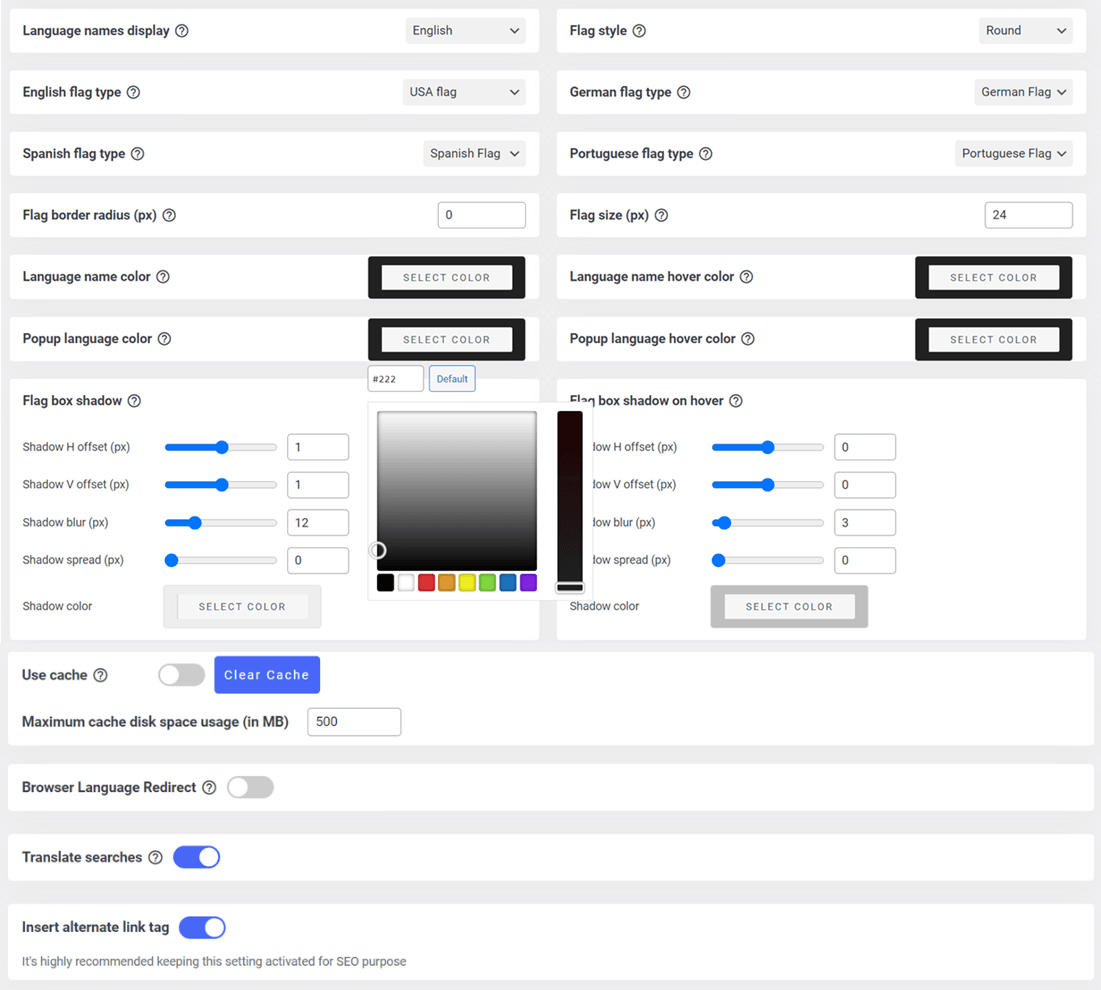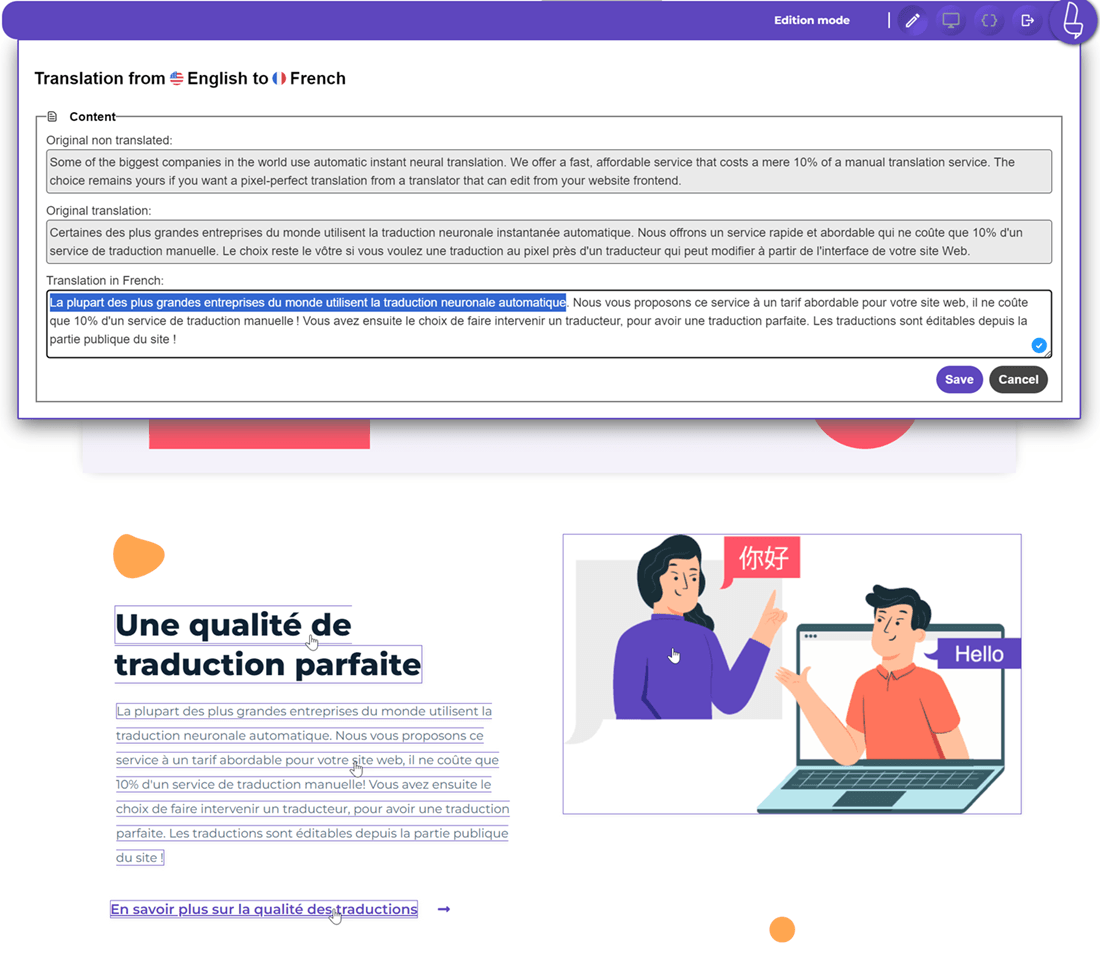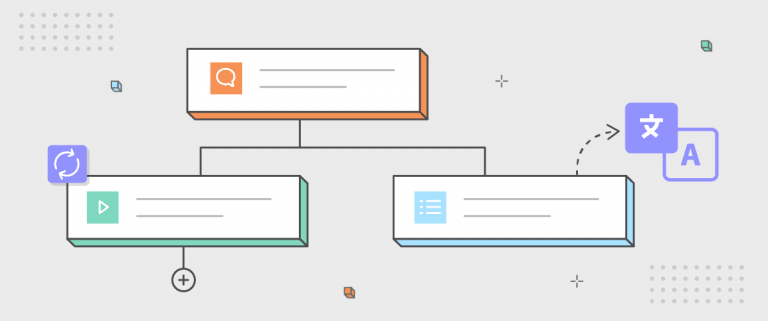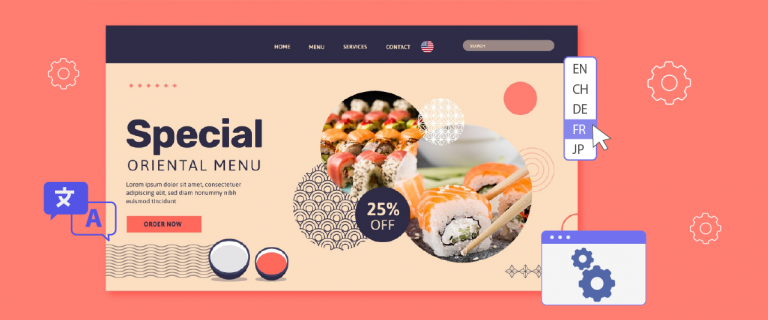Over the last two decades, we have seen an increase in international trade and a burgeoning number of eCommerce platforms with thousands of customers across borders. Alibaba and Amazon are two examples of successful eCommerce platforms with millions of global customers. These platforms consider translating their websites into other languages to make the buying process easier for customers.
Seems simple enough, right? Well, sometimes things don’t go as smoothly. If you’ve ever accessed other language options on any website, you already know they are riddled with translation errors.
While some of these errors can be a little amusing, they can be off-putting for those who speak English as a second language — they can’t make sense of the translated version and are likely to navigate away from your website. Imagine how common it is for smaller-scale firms if multinational platforms like Amazon can run into these problems.
While it’s wise to translate your website for your international clientele, it is more complicated than it appears. Therefore, a mistranslated website does no favors for your brand or your business. Below we’ve identified some errors you need to be on the lookout for a while making a website translation.
Moving forward with incomplete translations
The first step is to identify all segments of your website’s content segments that need to be translated. Leaving portions of your website untranslated can result in a variety of issues. Not only does this look messy and unprofessional, but it’s also detrimental to your multilingual SEO strategy.
Think of it this way: when some of your pages have a mix of translated and untranslated words, search engines struggle to know which language to rank your site for.
Web page translation may be the next step in your global outreach strategy. Determine who you are trying to reach, what your message is, and how you wish to deliver it before beginning the process. This helps simplify the process, and the results are clear and concise. Remember to base your decision on informed research. You can always translate in as many languages as you like, but it is important to maintain cultural relevance throughout those translations. In the end, go the route that makes your content most relevant to your target audience.
Solution
By utilizing website translation software that identifies all of your website’s content, you eliminate the need for humans to perform this laborious task, which can naturally result in some form of human error. Thus, if you’re thinking of translating your web pages, be as thorough as possible. If you’re looking to increase your web traffic with translations instantly, look into Linguise.
Proceeding with no localizing content
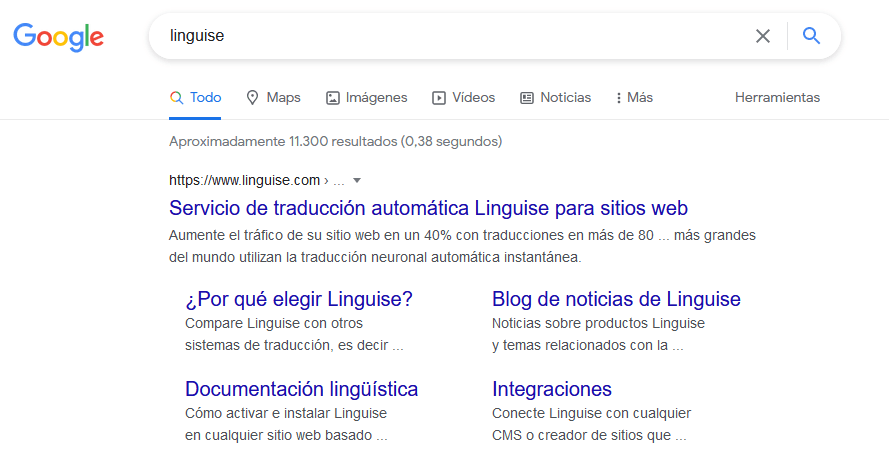
The term “localization” refers to using the most appropriate terms, phrases, and cultural expressions indigenous to the region by translators. To be truly persuasive, you must localize a translation’s content to each location’s dialect and cultural norms.
Localization is a complex process that entails optimizing all text, images, video, music, and advertisements to conform to the cultural norms of each market.
As a strategy, localization aims at attracting consumers rather than offending or isolating them with irrelevant or culturally insensitive content. As quickly as you can expand into new global markets, a careless job at translating can isolate your business from the local competition.
Solution
Make sure that your translator fully understands the intended local market before starting the translation process. Head over to Linguise and check out these custom language integrations on platforms like Magento, PrestaShop, and Joomla.
Going through the trouble of translating each word
When people express surprise at the prospect of translation software as a viable option for website translation, they frequently lack an understanding of how they perform the task.
Rather than translating word for word, machine translation providers train themselves to recognize the most natural-sounding combinations in each language using algorithms.
This type of translation builds on previously spoken or written language and uses algorithms to determine which combinations of words and phrases are most natural in various languages. Of course, this is true primarily for more widely spoken languages, simply because machines have access to more text to learn from.
Human translators are still capable of making errors in this case as well. Languages differ significantly in syntax, adjective placement, and verb rules. When sentences are translated verbatim, they may lose any resemblance to the original.
Solution
While machine translation can be beneficial when translating a sentence by structure, it doesn’t work too well for word-for-word translation. The addition of a human translator to ensure everything is written as it should give you some assurance that the readability of your content is engaging and straightforward.
Forget optimizing translations for all devices

Never optimize your translation for a single device. We recommend checking your analytics to see all the devices your clients visit your web pages through. Even the perfectly localized website will fall short of its potential in some countries if it is not optimized for mobile.
For example, desktops account for slightly more than half of the overall market in Europe and the United Kingdom. However, 69.5 percent of Internet users in India use a mobile device to access the web. Therefore, having a website that does not provide positive mobile browsing is a downside.
Solution
Make sure your website translation software allows you to optimize your web content for all devices, including desktops, laptops, mobiles, and tablets. Additionally, ensure that a human translator can double-check this, slimming the margin for errors.
Translations without including a Glossary

A great way of localization is translating your links. Any links within your translated web copy should point to the translated version of the page or a separate external resource in the new target language.
By following this pattern, visitors to the website will receive a consistent experience and are directed to pages they can read and those that add value to the website.
Solution
Replace external links with Linguise’s external link filter. When it comes to external links, Linguise immediately redirects to the translated copy unless you explicitly exclude the URL from translation.
Make content translation without conducting local SEO
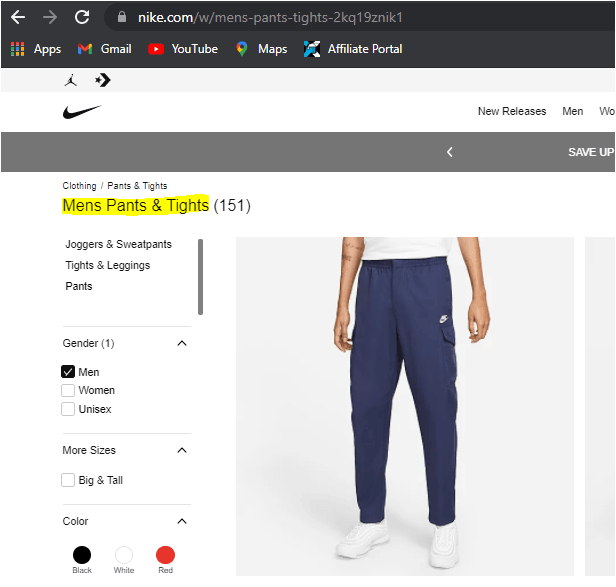
Regardless of the product, you are marketing in your native language or a different language, SEO is essential to establishing a distinctive presence. Since SEO strategies differ from country to country, websites that wish to perform worldwide SEO should always prepare to start from scratch. Nonetheless, methods such as keyword assignment remain critical for rewarding SEO.
Several websites mistake translating keywords verbatim from the original language to the native language. Since each culture has distinct implications associated with their language, these translations do not hold up in search engines.
Solution
To avoid falling into this trap, determine which keywords and pitches are most appropriate in a particular market before translating the material. You should localize (not simply translate) keywords to ensure that each group of words carries its meaning. This will enhance your marketing success if you organize your translations around the native language.
Publishing without reviewing translations
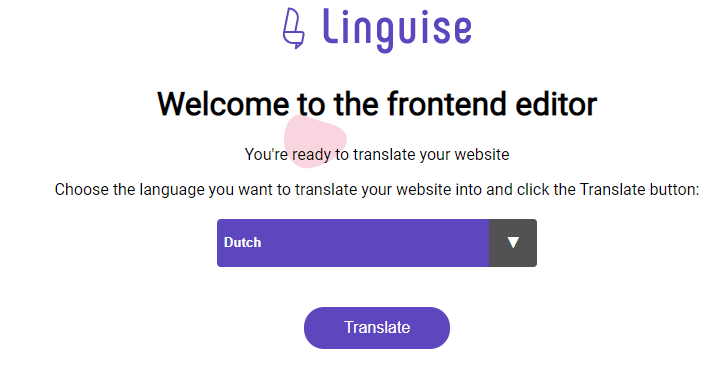
It is critical to conduct final proofreading at the end of a translation process. Whether you’ve chosen to translate using a website translation software or doing it manually, you’ll want to see those words on your website in their intended locations and context. Translators will be able to identify any inconsistencies at this point.
Frequently, linguists and software translate out of context, while the statement may make sense on its own, putting it together on the page may not consistently smooth flow. This also relates to our previous arguments about words having multiple meanings; perhaps a mistranslation occurred, and viewing the complete picture corrects the error.
Solution
Make use of Linguise’s in-context visual editor. This way, you can get a live view of your website as you translate your content. With a visual editor, your chances of taking your translation out of context will decrease significantly. You will maintain the flow thoroughly, making it easy to read for a native reader.
Conclusion
As you may know by now, there’s a lot to consider while you embark on this website translation project. Many things can go wrong for you. But, having gone through our list of top errors to avoid while making a website translation, you’ll have a better handle on things.
This is a daunting task to do manually. Thus, install Linguise and translate up to 600,000 words for free during your first month. Their team will handle the installation. All you need to do is fill out the form, and they’ll get in touch with you shortly.


